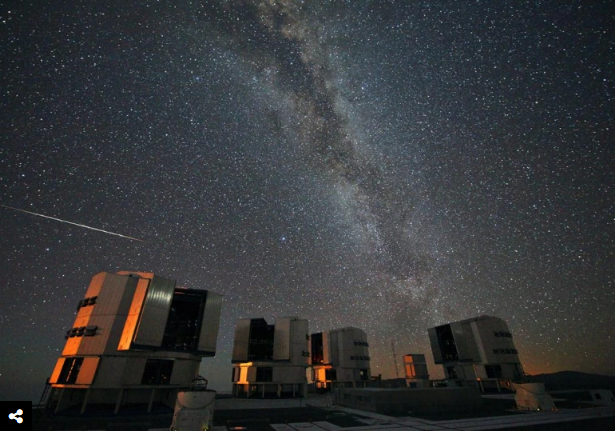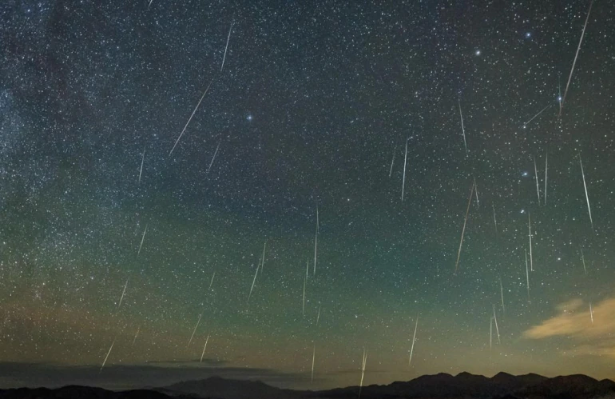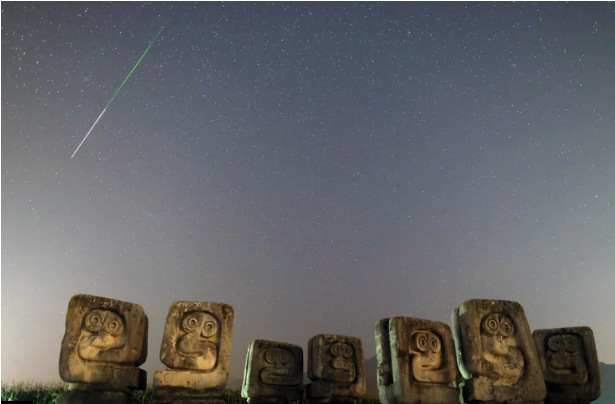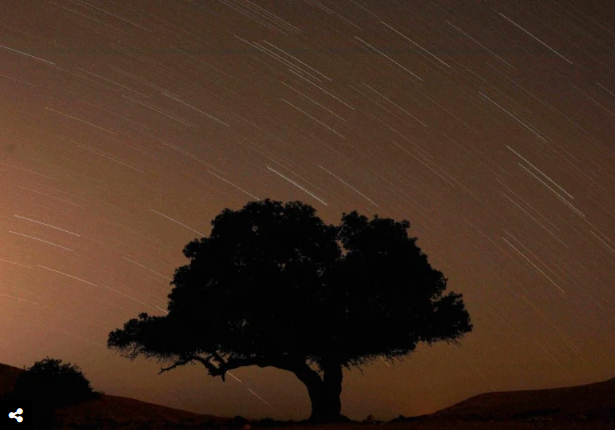The skies are clear in August and so, the stargazers can look forward to watching dazzlings nights which will occur when the Earth will pass through Perseid meteor fragments. The annual event of the Perseid meteor shower is set to dazzle the skies between 11-13 August as it peaks in mid-August. According to astronomers, people living in the Northern Hemisphere will be able to watch the meteor shower with naked eyes during pre-dawn hours.

Just a few days ago, the first fragment of the meteor passing through the skies was spotted by NASA through its meteor-tracking cameras at Mount Lemmon Observatory. The glowing fragments will probably be produced in the greatest numbers on August 11, 12, and 13.
What is the Perseid meteor shower?
The Celestial spectacle is in the limelight due to the high amount of fragments it produces within a few hours. Perseids are produced from leftover comet particles and small pieces of broken asteroids. As the Earth passes through its debris field every year, these meteors leave behind a dusty trail.
The Perseid meteor shower is named after a point in the sky from which the meteors appear to come- the constellation Perseus, which however is not the source of meteors.

When Earth comes in the path of Perseid meteors, the leftover fragments of it which come from the comet 109P/Swift-Tuttle, collide with the atmosphere of the Earth and break into pieces to create an eye-soothing celestial event. The fiery, glowing, and colorful streaks that it produces in the sky appear like a shooting star. During the shower, the meteor count can go as high as 60 per hour. In its peak hour, one can witness one meteor every two minutes.
The comet 109P/Swift-Tuttle named after Lewis Swift and Horace Tuttle, who first spotted it in 1862 orbits around Sun once every 133 years. It is almost twice the size of the asteroid that led to the extinction of the dinosaurs on Earth. There is no chance of the comet encountering Earth in near future. It last visited the inner solar system in 1992.

The meteor scientists from NASA have conveyed what people are actually going to see. “People can reasonably expect to see around 40-ish Perseids in the hour just before dawn on the peak nights. That’s about one every couple of minutes,” said NASA.
If you are an enthusiast of watching celestial events or are interested in looking for some unique phenomena of the universe, the Perseid meteor shower is something you cannot miss. To watch it, find a place devoid of bright lights and adjust your eyes to dark for up to half an hour. There is no need for equipment to see this shower in clear skies. It will be visible all over the sky at night and can be easily seen through the naked eye in the clear sky.



